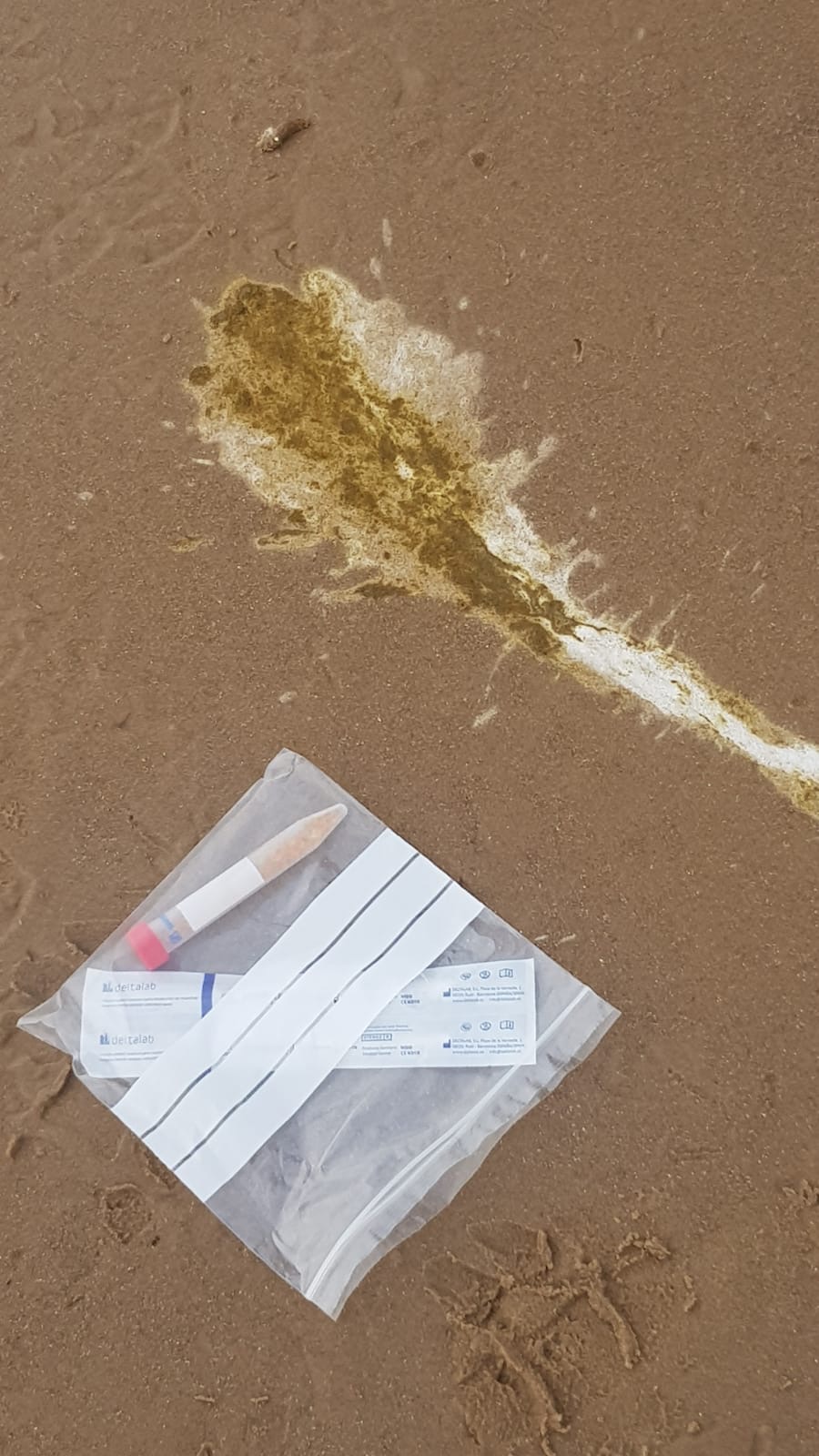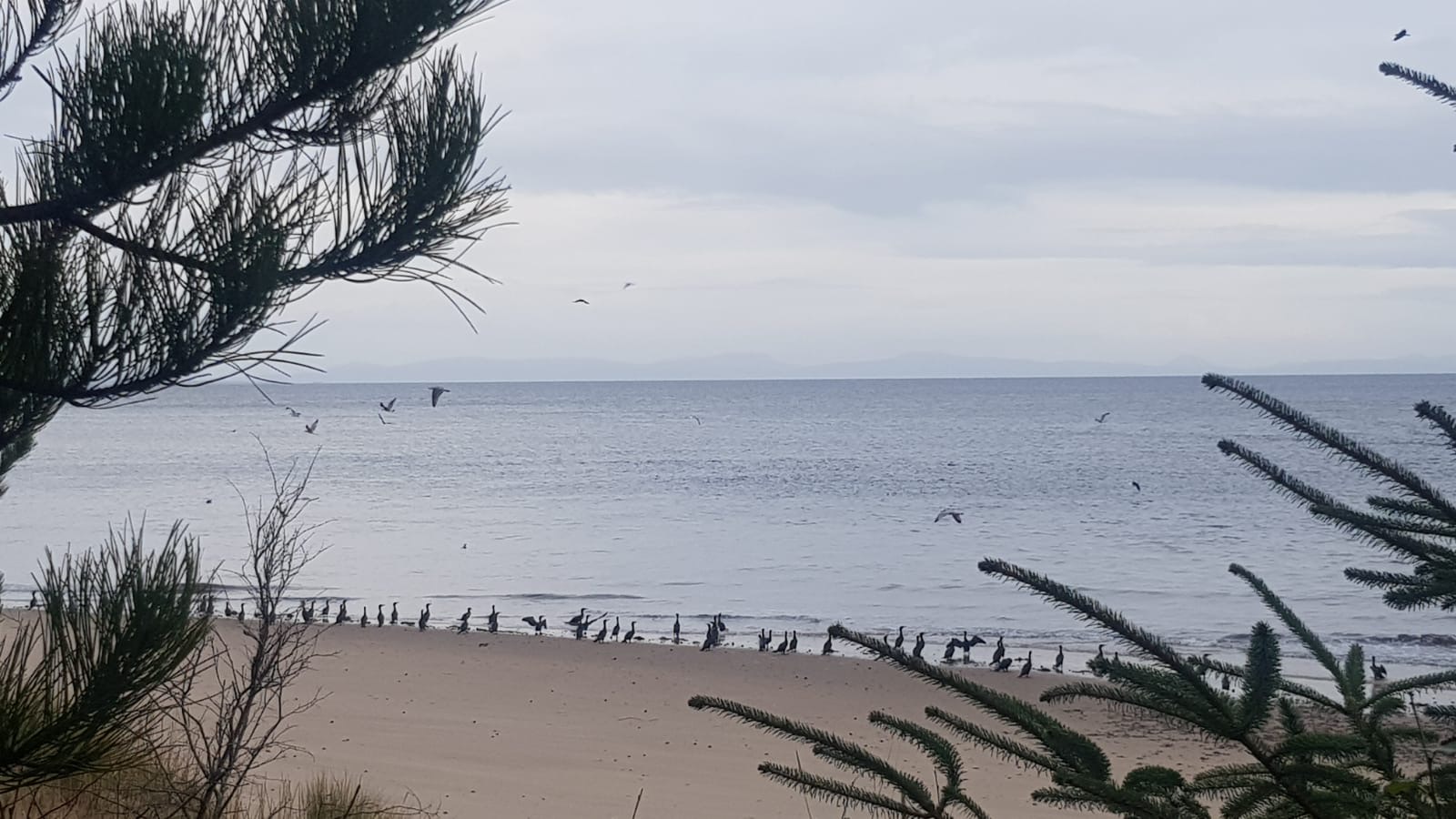
Our friends on the River Findhorn have been collecting valuable evidence on and around the riverbank: cormorant scat! The samples being collected from this catchment have been sourced to identify the diet of predators in this area, and to understand any dietary changes throughout the seasons.
As various organisms interact with the environment, DNA is expelled and accumulates in their surroundings. Sources of eDNA, or environmental DNA, include: scat, mucous, shed skin, fish scales etc. eDNA will play a crucial role in our tracking studies and will help us to understand the diet of predators in different locations, and if certain predators are having a greater impact than others. By analysing this information, we will be able to provide evidence-based recommendations on how better to manage predators, and identify solutions to ensure that more of our young salmon smolts can make it safely downstream to the ocean.
The pilot fieldwork taking place at the moment will prepare the way for a more comprehensive sampling of predator scat during the 2021 spring smolt run.
With thanks to our colleagues at the Findhorn for sharing these images.

Learn more about eDNA
Our Research Director, Professor Ken Whelan, joined Radio RTE to explain: https://bit.ly/2HLtUYF